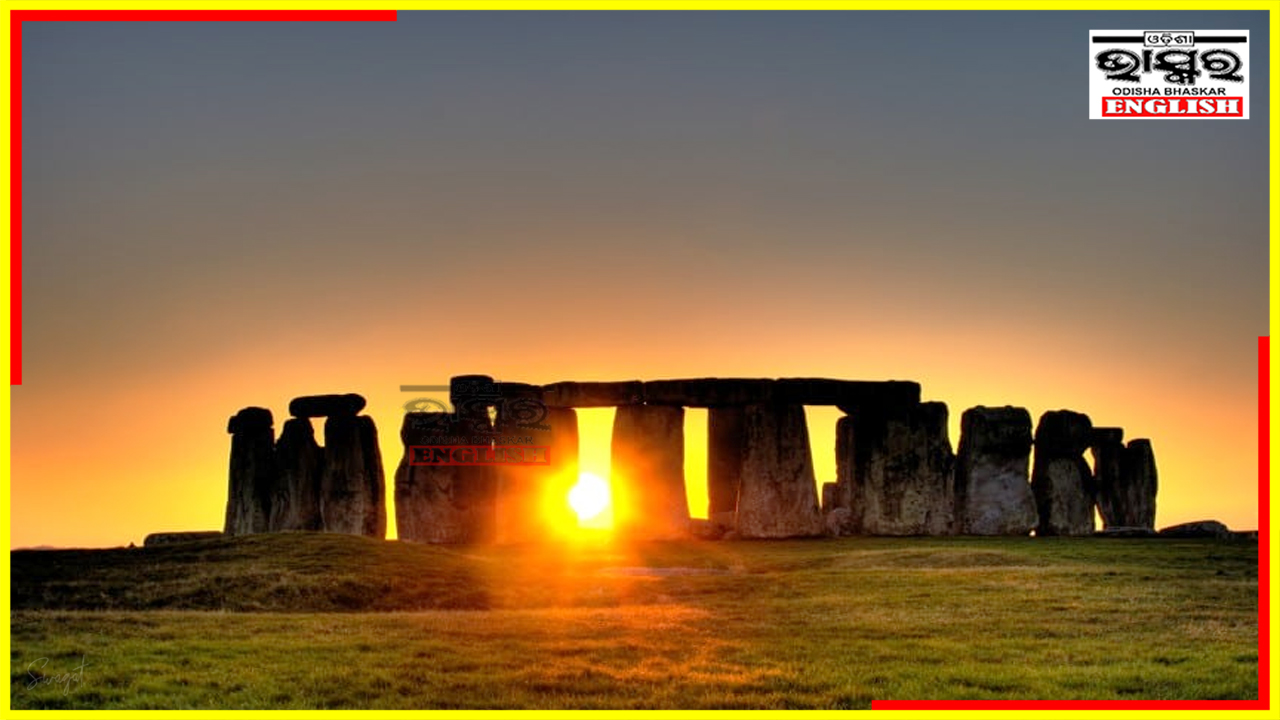New Delhi: The summer solstice, which occurred today, brought us the longest day of the year in the northern hemisphere and the shortest day in the southern hemisphere. This astronomical event was caused by the earth’s axial tilt, reaching its peak on this day. The term “solstice” stems from the Latin word meaning “Sun stands still,” emphasizing the moment when one of the earth’s poles tilted closest to the sun.
In India, June 21 marked the longest day of the year due to the earth’s rotation on its axis. While the axis remained fixed, the planet’s tilt changed as it orbited the sun. Consequently, for six months, the North Pole was tilted toward the sun, and then it shifted to the South Pole for the following six months.
The impact of the summer solstice was notable, as the sun’s rays struck the northern hemisphere at a more direct angle, resulting in extended daylight hours. This phenomenon led to increased solar energy during the day, as the sun was directly overhead.
Many cultures across the globe celebrated the summer solstice. Stonehenge in England is a famous ancient site associated with this event, as the Heel Stone aligned with the rising sun’s beams on this significant day. In Sweden, people gathered around maypoles adorned with flowers, rejoicing in the arrival of summer through songs and dance. Sweden even designated Midsummer as an official holiday.
Iceland experienced 24 hours of daylight each day, and therefore their summer solstice was referred to as the Midnight Sun. Russia celebrated the White Night, marked by musical performances, water events, and fireworks. In Norway, the summer solstice celebrations, known as Slinningsbalet, involved lighting bonfires to commemorate the birth of John The Baptist, believed to purify the air of malevolent spirits.
These diverse celebrations highlighted the significance of the summer solstice and its cultural importance around the world.




Comments are closed.